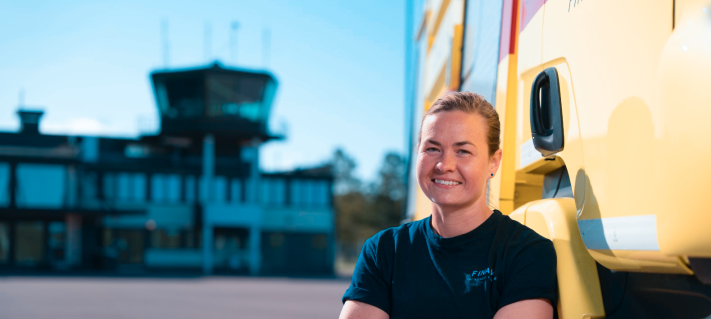Airports ensure the safety of their operations by implementing preventive actions, such as many types of animal control measures.
Luckily it is quite rare for birds to end up in aeroplane engines. The risk is at its highest during take-off and landing, when the aircraft fly at the same altitudes as birds.
To minimise this risk, airports cannot allow large flocks of birds to gather near the airport. It is particularly important to keep away bigger types of birds, such as seagulls and Canadian geese.
No nesting spots
The presence of birds near runways is prevented through various means.
'The surrounding areas of runways and other airport areas are very attractive nesting spots for birds, and we have to ensure they don't enjoy being anywhere near us', explains Vice President Heini Noronen-Juhola from Finavia.
'The first thing is to see that no pools of water can form in the airport area. The grass must be about 10 cm high, as any shorter would invite the birds to land and any longer would make it ideal for nesting'.
Shooting blank cartridges is another method to actively drive the birds away. Shooting live ammunition is a last resort that is only employed when there is no other way to guarantee the safety of operations.
Patrolling and monitoring
Technical equipment are no match for humans in the prevention of birds and other animals. This is one reason why Helsinki Airport has an expert team whose task is to monitor and scare away any animals.
'We call this team “hawk patrol”. It is composed of airport personnel who used to hunt or are otherwise familiar with animal behaviour', Noronen-Juhola says.
Most often the team is called to help as the need arises. During the bird migration season in the spring and autumn – and in the summer – the patrol works in a three-shift pattern, monitoring the situation and patrolling the airport areas around the clock.
There is a lot of territory to cover, as the airport's security fence is all of 25 km long. The fence requires regular checks because animals may try to dig their way under it and are quick to find any holes in it.



